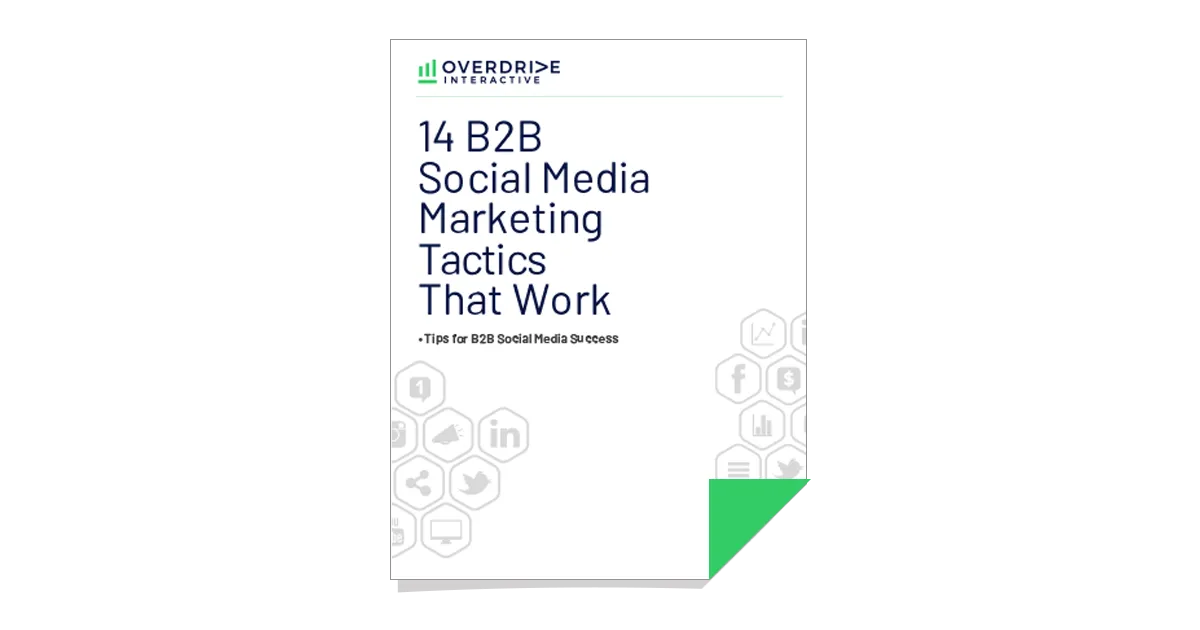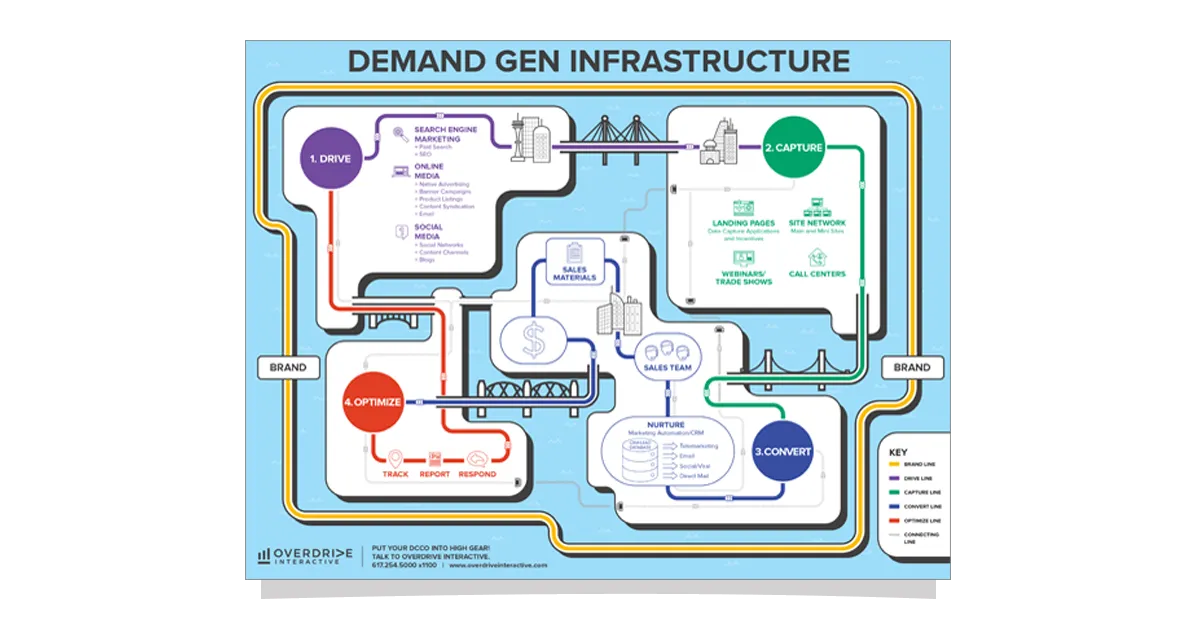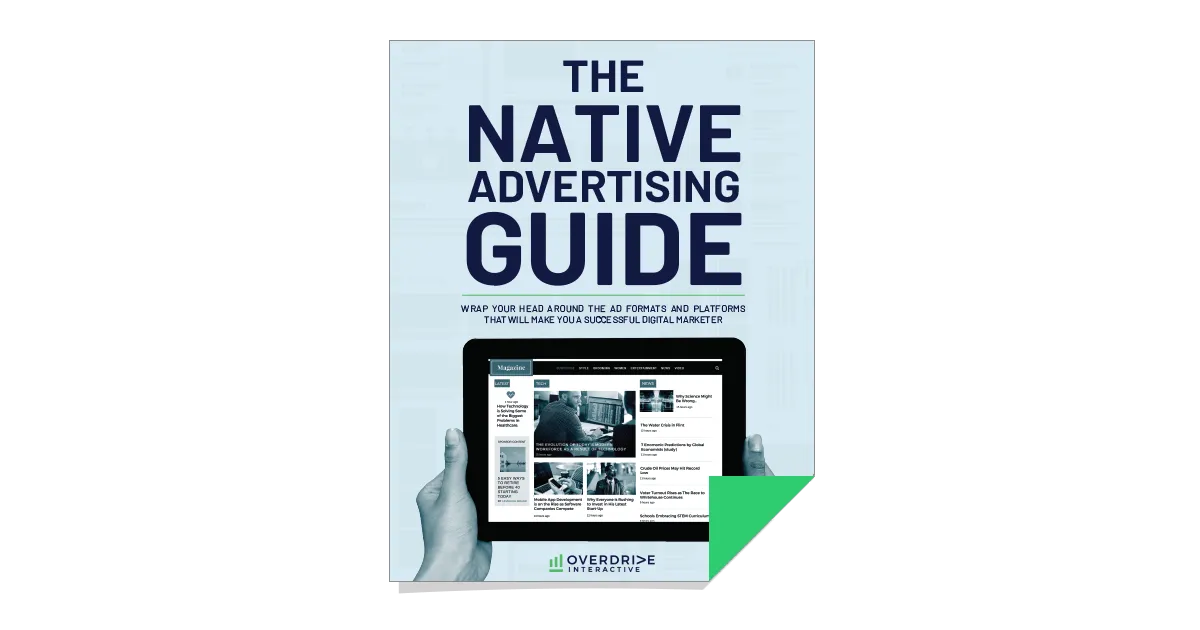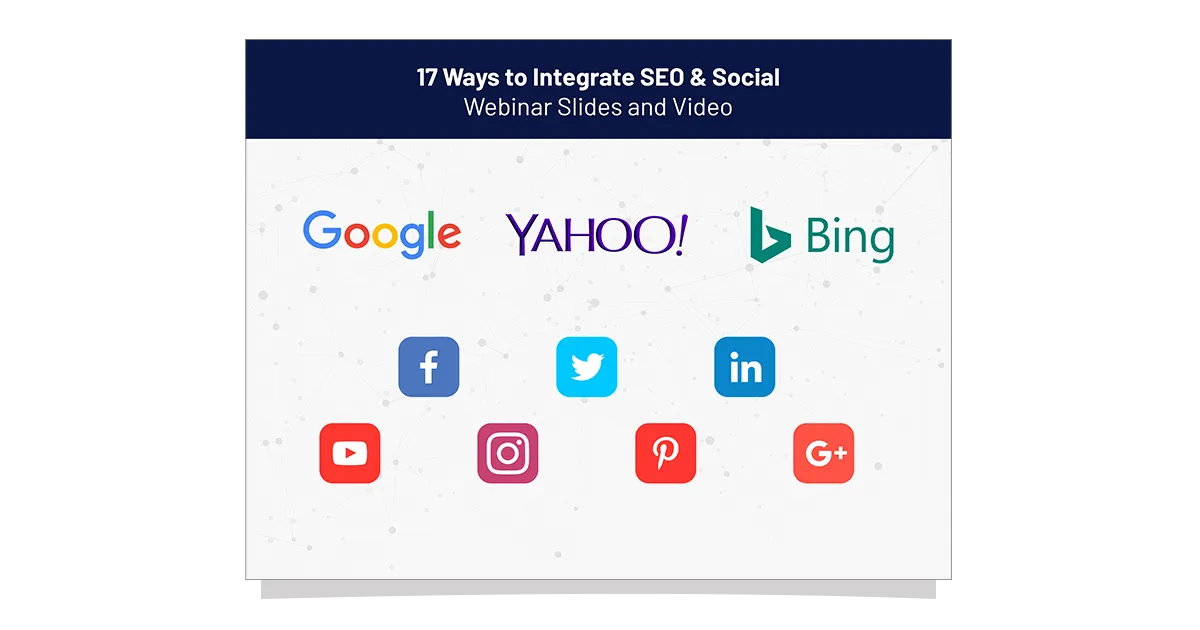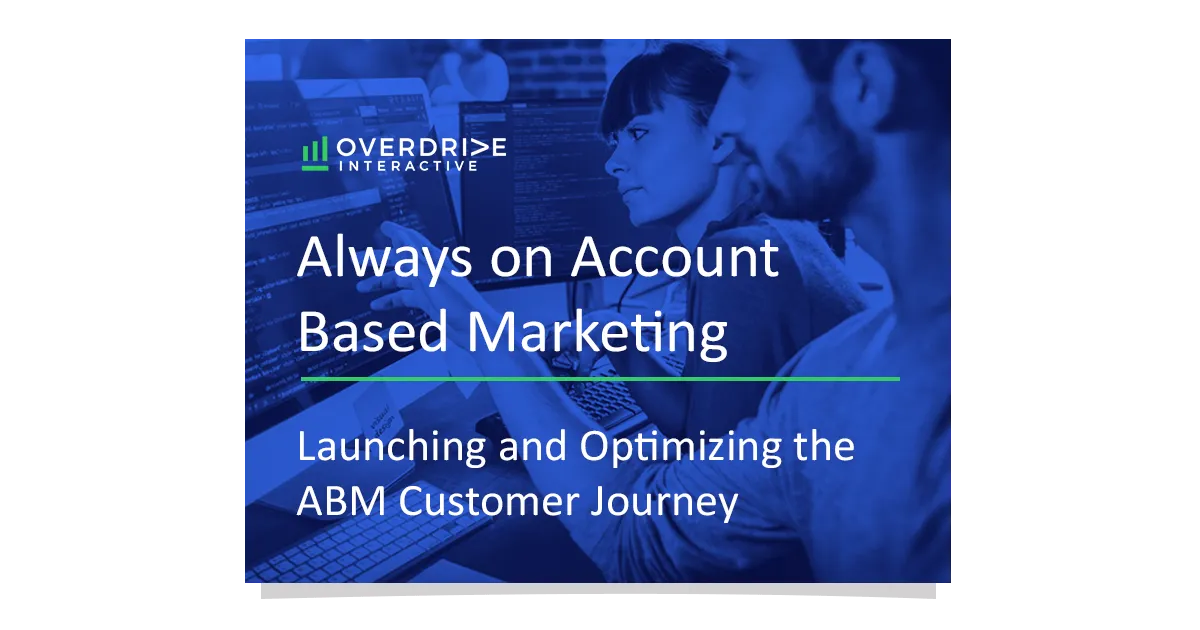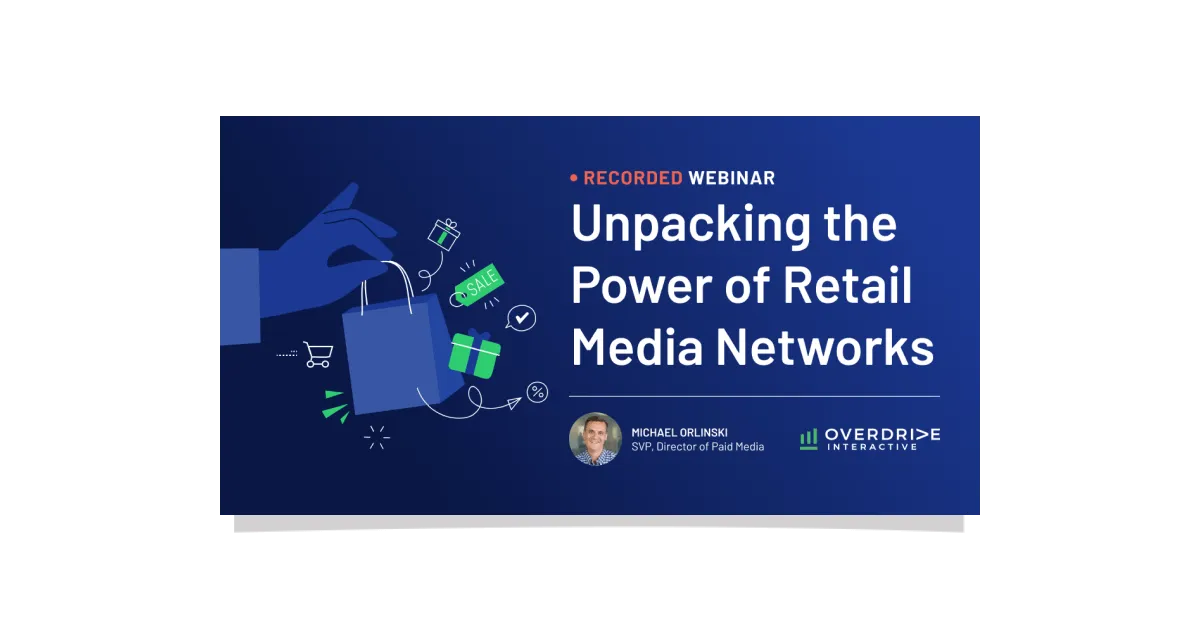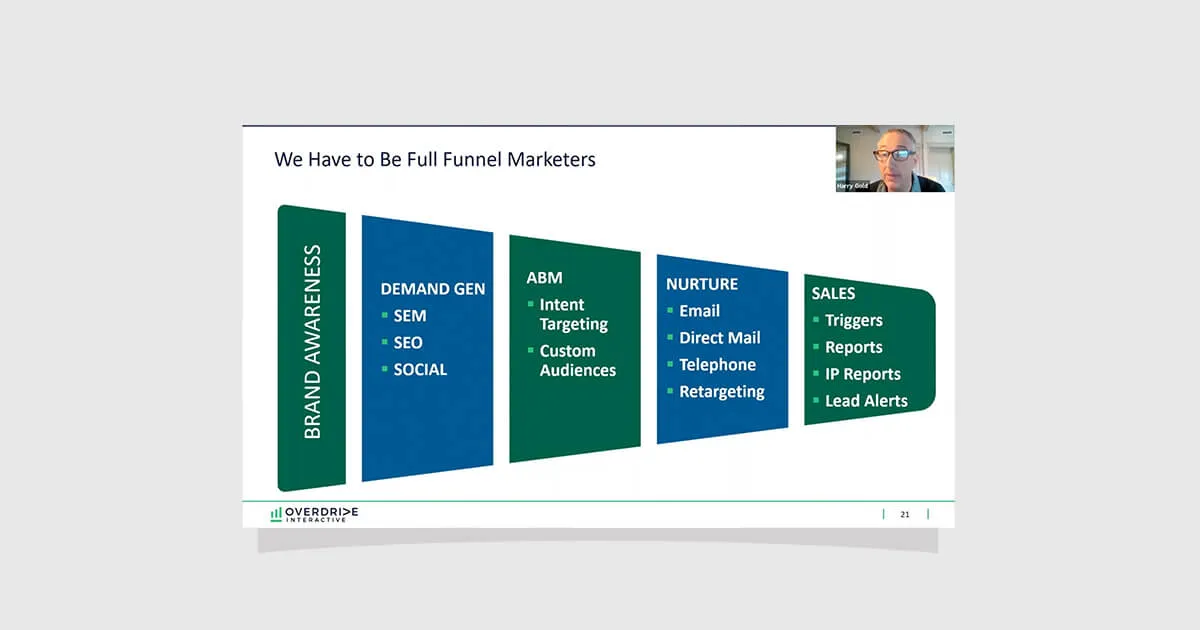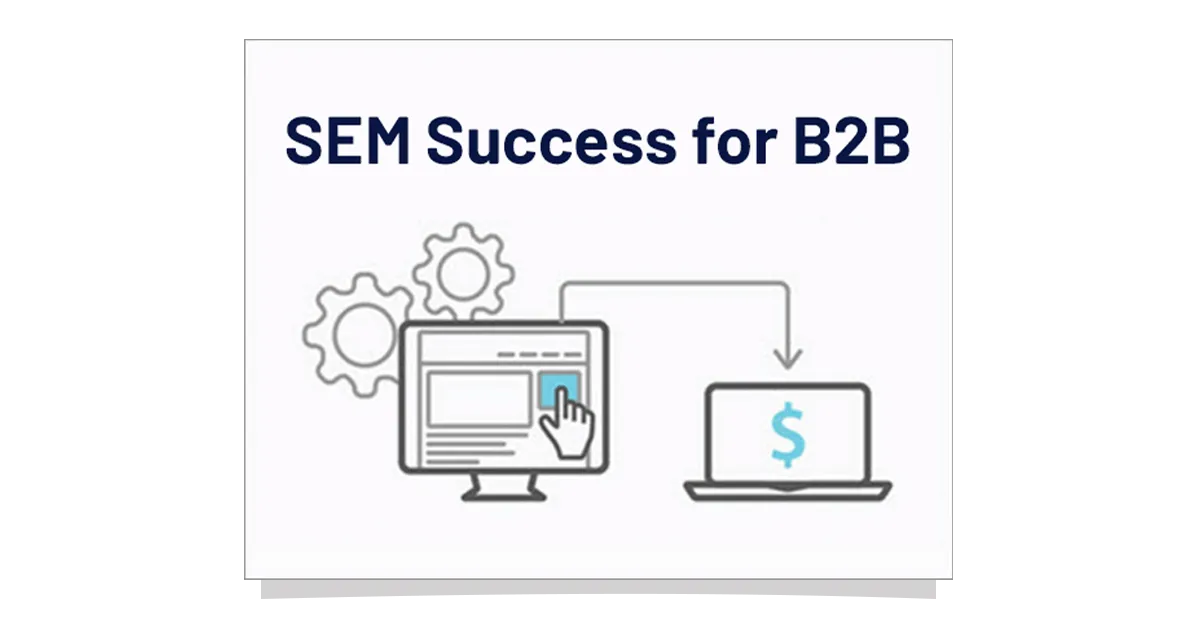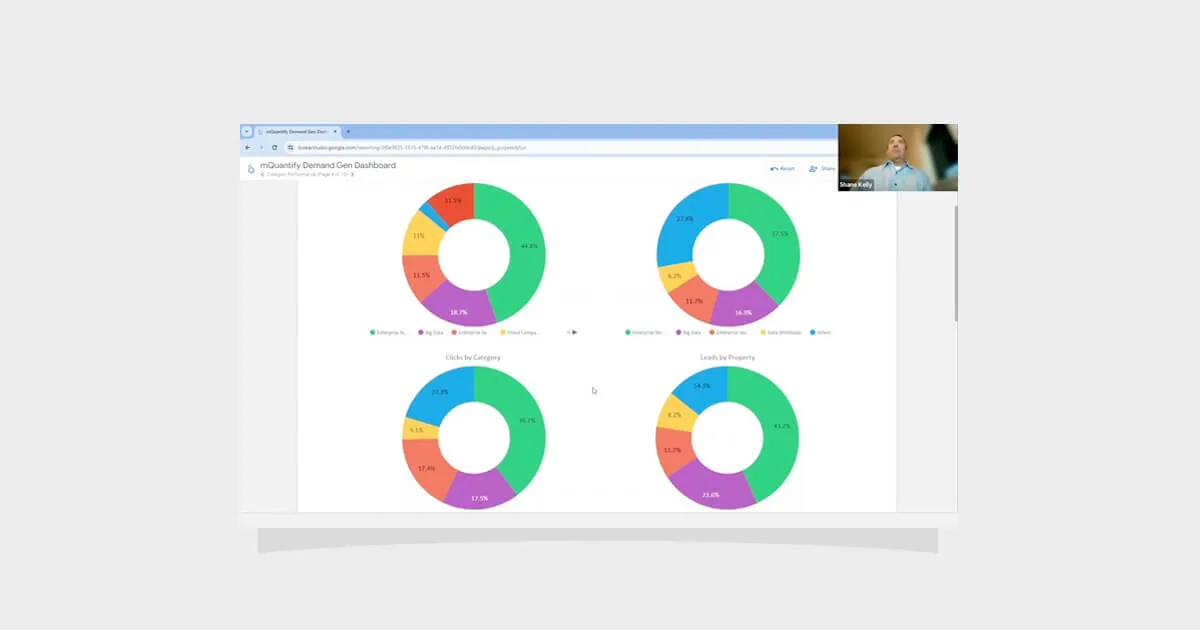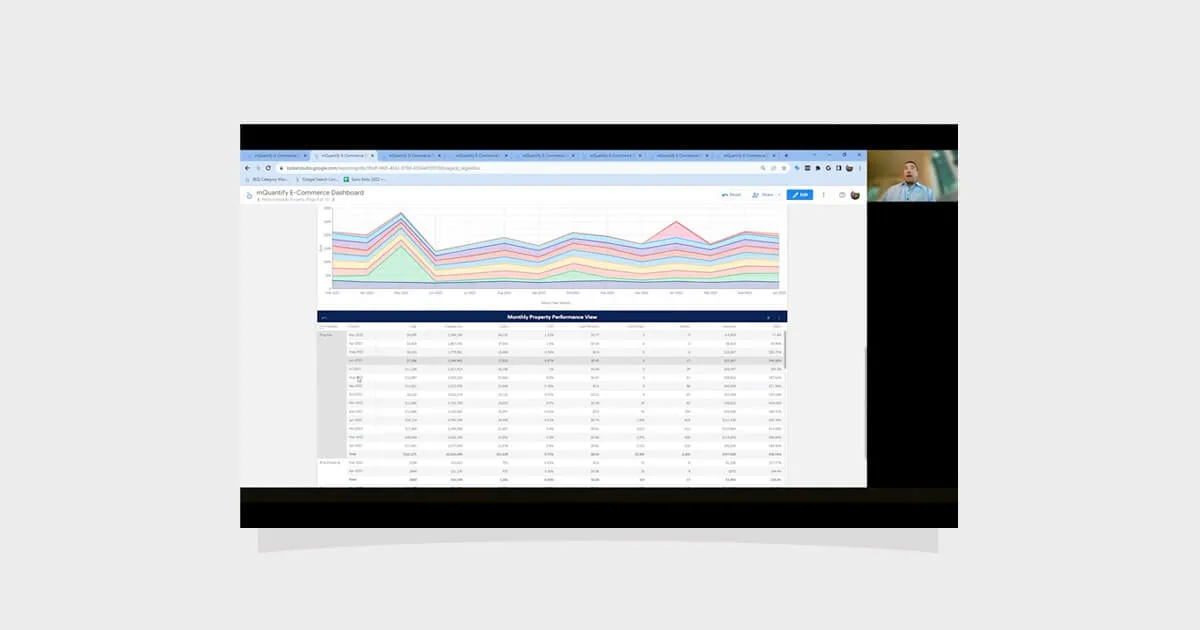SEO in the AI Era: How to Track AI Traffic (and Prove It’s Working)
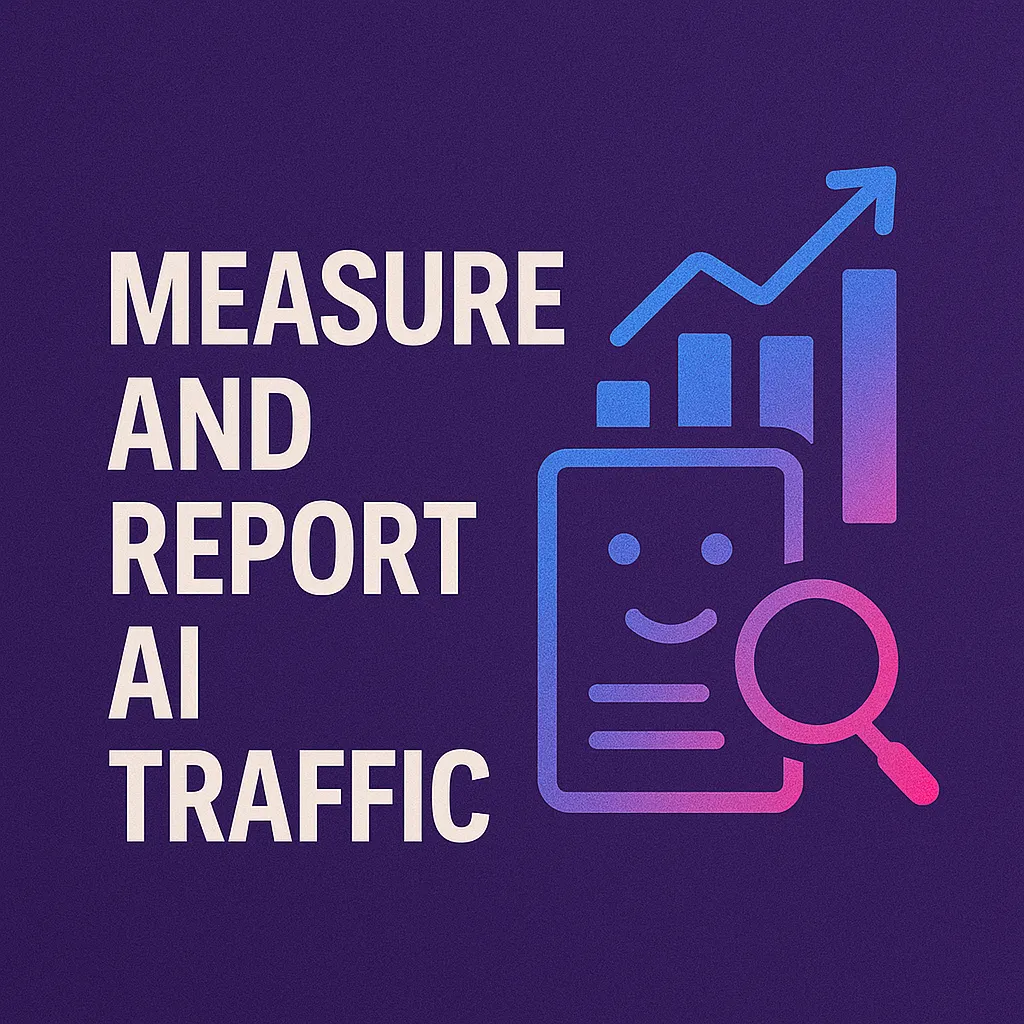
Let’s be honest—proving the ROI of SEO was already tricky.
Add AI into the mix, and it can feel like you’re flying blind.
But with a few smart tweaks, you can track the impact of AI tools on your website traffic and show stakeholders how your visibility is evolving.
Where AI Traffic Comes From (and How to Spot It)
AI assistants don’t always play by the same rules as browsers. They may:
- Show up in GA4 as referrals (e.g. chat.openai.com, bing.com)
- Disguise themselves as direct traffic if no referrer is passed
- Come from unfamiliar domains like perplexity.ai or you.com
To catch them:
- Create a custom segment or regex filter in GA4 to include known AI referrers
- Use GA4 Explorations to view sessions by source/medium
- Monitor your server logs for unusual user-agents (some AIs include identifiers like “ChatGPT-User”)
What to Look For
- Are you seeing new referral domains in GA4?
- Are question-style queries showing up in your organic keywords?
- Is traffic from these sources engaging more (or less) than average?
Even if the volume is small now, it’s worth monitoring. These signals are only going to grow.
Reporting to Leadership
Here’s how to make the case without the jargon:
- “We’re starting to see traffic from AI-assisted tools. It’s early but growing.”
- “The users coming from these sources are highly engaged—they’re spending more time on site and converting at higher rates.”
- “Our investment in optimizing for AI visibility is already showing signs of traction.”
Back it up with screen grabs, real queries, and clear metrics.

Need help making AI performance measurable?
Overdrive helps marketing teams uncover where AI traffic is coming from and how to turn that into ROI.
We don’t just help you show up—we help you show impact.
Next Up: In our final post, we’ll look ahead to what’s coming next in AI and SEO—and how your brand can stay one step ahead of it all. Catch up on the entire SEO in the AI Era Series.
SEO in the AI Era: How to Track AI Traffic (and Prove It’s Working)

Download the guide to:
Let’s be honest—proving the ROI of SEO was already tricky.
Add AI into the mix, and it can feel like you’re flying blind.
But with a few smart tweaks, you can track the impact of AI tools on your website traffic and show stakeholders how your visibility is evolving.
Where AI Traffic Comes From (and How to Spot It)
AI assistants don’t always play by the same rules as browsers. They may:
- Show up in GA4 as referrals (e.g. chat.openai.com, bing.com)
- Disguise themselves as direct traffic if no referrer is passed
- Come from unfamiliar domains like perplexity.ai or you.com
To catch them:
- Create a custom segment or regex filter in GA4 to include known AI referrers
- Use GA4 Explorations to view sessions by source/medium
- Monitor your server logs for unusual user-agents (some AIs include identifiers like “ChatGPT-User”)
What to Look For
- Are you seeing new referral domains in GA4?
- Are question-style queries showing up in your organic keywords?
- Is traffic from these sources engaging more (or less) than average?
Even if the volume is small now, it’s worth monitoring. These signals are only going to grow.
Reporting to Leadership
Here’s how to make the case without the jargon:
- “We’re starting to see traffic from AI-assisted tools. It’s early but growing.”
- “The users coming from these sources are highly engaged—they’re spending more time on site and converting at higher rates.”
- “Our investment in optimizing for AI visibility is already showing signs of traction.”
Back it up with screen grabs, real queries, and clear metrics.

Need help making AI performance measurable?
Overdrive helps marketing teams uncover where AI traffic is coming from and how to turn that into ROI.
We don’t just help you show up—we help you show impact.
Next Up: In our final post, we’ll look ahead to what’s coming next in AI and SEO—and how your brand can stay one step ahead of it all. Catch up on the entire SEO in the AI Era Series.
SEO in the AI Era: How to Track AI Traffic (and Prove It’s Working)

Download the guide to:
Let’s be honest—proving the ROI of SEO was already tricky.
Add AI into the mix, and it can feel like you’re flying blind.
But with a few smart tweaks, you can track the impact of AI tools on your website traffic and show stakeholders how your visibility is evolving.
Where AI Traffic Comes From (and How to Spot It)
AI assistants don’t always play by the same rules as browsers. They may:
- Show up in GA4 as referrals (e.g. chat.openai.com, bing.com)
- Disguise themselves as direct traffic if no referrer is passed
- Come from unfamiliar domains like perplexity.ai or you.com
To catch them:
- Create a custom segment or regex filter in GA4 to include known AI referrers
- Use GA4 Explorations to view sessions by source/medium
- Monitor your server logs for unusual user-agents (some AIs include identifiers like “ChatGPT-User”)
What to Look For
- Are you seeing new referral domains in GA4?
- Are question-style queries showing up in your organic keywords?
- Is traffic from these sources engaging more (or less) than average?
Even if the volume is small now, it’s worth monitoring. These signals are only going to grow.
Reporting to Leadership
Here’s how to make the case without the jargon:
- “We’re starting to see traffic from AI-assisted tools. It’s early but growing.”
- “The users coming from these sources are highly engaged—they’re spending more time on site and converting at higher rates.”
- “Our investment in optimizing for AI visibility is already showing signs of traction.”
Back it up with screen grabs, real queries, and clear metrics.

Need help making AI performance measurable?
Overdrive helps marketing teams uncover where AI traffic is coming from and how to turn that into ROI.
We don’t just help you show up—we help you show impact.
Next Up: In our final post, we’ll look ahead to what’s coming next in AI and SEO—and how your brand can stay one step ahead of it all. Catch up on the entire SEO in the AI Era Series.
SEO in the AI Era: How to Track AI Traffic (and Prove It’s Working)

Key Insights From Our Research
Let’s be honest—proving the ROI of SEO was already tricky.
Add AI into the mix, and it can feel like you’re flying blind.
But with a few smart tweaks, you can track the impact of AI tools on your website traffic and show stakeholders how your visibility is evolving.
Where AI Traffic Comes From (and How to Spot It)
AI assistants don’t always play by the same rules as browsers. They may:
- Show up in GA4 as referrals (e.g. chat.openai.com, bing.com)
- Disguise themselves as direct traffic if no referrer is passed
- Come from unfamiliar domains like perplexity.ai or you.com
To catch them:
- Create a custom segment or regex filter in GA4 to include known AI referrers
- Use GA4 Explorations to view sessions by source/medium
- Monitor your server logs for unusual user-agents (some AIs include identifiers like “ChatGPT-User”)
What to Look For
- Are you seeing new referral domains in GA4?
- Are question-style queries showing up in your organic keywords?
- Is traffic from these sources engaging more (or less) than average?
Even if the volume is small now, it’s worth monitoring. These signals are only going to grow.
Reporting to Leadership
Here’s how to make the case without the jargon:
- “We’re starting to see traffic from AI-assisted tools. It’s early but growing.”
- “The users coming from these sources are highly engaged—they’re spending more time on site and converting at higher rates.”
- “Our investment in optimizing for AI visibility is already showing signs of traction.”
Back it up with screen grabs, real queries, and clear metrics.

Need help making AI performance measurable?
Overdrive helps marketing teams uncover where AI traffic is coming from and how to turn that into ROI.
We don’t just help you show up—we help you show impact.
Next Up: In our final post, we’ll look ahead to what’s coming next in AI and SEO—and how your brand can stay one step ahead of it all. Catch up on the entire SEO in the AI Era Series.
SEO in the AI Era: How to Track AI Traffic (and Prove It’s Working)
Get the Complete Whitepaper
SEO in the AI Era: How to Track AI Traffic (and Prove It’s Working)
Let’s be honest—proving the ROI of SEO was already tricky.
Add AI into the mix, and it can feel like you’re flying blind.
But with a few smart tweaks, you can track the impact of AI tools on your website traffic and show stakeholders how your visibility is evolving.
Where AI Traffic Comes From (and How to Spot It)
AI assistants don’t always play by the same rules as browsers. They may:
- Show up in GA4 as referrals (e.g. chat.openai.com, bing.com)
- Disguise themselves as direct traffic if no referrer is passed
- Come from unfamiliar domains like perplexity.ai or you.com
To catch them:
- Create a custom segment or regex filter in GA4 to include known AI referrers
- Use GA4 Explorations to view sessions by source/medium
- Monitor your server logs for unusual user-agents (some AIs include identifiers like “ChatGPT-User”)
What to Look For
- Are you seeing new referral domains in GA4?
- Are question-style queries showing up in your organic keywords?
- Is traffic from these sources engaging more (or less) than average?
Even if the volume is small now, it’s worth monitoring. These signals are only going to grow.
Reporting to Leadership
Here’s how to make the case without the jargon:
- “We’re starting to see traffic from AI-assisted tools. It’s early but growing.”
- “The users coming from these sources are highly engaged—they’re spending more time on site and converting at higher rates.”
- “Our investment in optimizing for AI visibility is already showing signs of traction.”
Back it up with screen grabs, real queries, and clear metrics.

Need help making AI performance measurable?
Overdrive helps marketing teams uncover where AI traffic is coming from and how to turn that into ROI.
We don’t just help you show up—we help you show impact.
Next Up: In our final post, we’ll look ahead to what’s coming next in AI and SEO—and how your brand can stay one step ahead of it all. Catch up on the entire SEO in the AI Era Series.

SEO in the AI Era: How to Track AI Traffic (and Prove It’s Working)
Get the Slides
SEO in the AI Era: How to Track AI Traffic (and Prove It’s Working)
Let’s be honest—proving the ROI of SEO was already tricky.
Add AI into the mix, and it can feel like you’re flying blind.
But with a few smart tweaks, you can track the impact of AI tools on your website traffic and show stakeholders how your visibility is evolving.
Where AI Traffic Comes From (and How to Spot It)
AI assistants don’t always play by the same rules as browsers. They may:
- Show up in GA4 as referrals (e.g. chat.openai.com, bing.com)
- Disguise themselves as direct traffic if no referrer is passed
- Come from unfamiliar domains like perplexity.ai or you.com
To catch them:
- Create a custom segment or regex filter in GA4 to include known AI referrers
- Use GA4 Explorations to view sessions by source/medium
- Monitor your server logs for unusual user-agents (some AIs include identifiers like “ChatGPT-User”)
What to Look For
- Are you seeing new referral domains in GA4?
- Are question-style queries showing up in your organic keywords?
- Is traffic from these sources engaging more (or less) than average?
Even if the volume is small now, it’s worth monitoring. These signals are only going to grow.
Reporting to Leadership
Here’s how to make the case without the jargon:
- “We’re starting to see traffic from AI-assisted tools. It’s early but growing.”
- “The users coming from these sources are highly engaged—they’re spending more time on site and converting at higher rates.”
- “Our investment in optimizing for AI visibility is already showing signs of traction.”
Back it up with screen grabs, real queries, and clear metrics.

Need help making AI performance measurable?
Overdrive helps marketing teams uncover where AI traffic is coming from and how to turn that into ROI.
We don’t just help you show up—we help you show impact.
Next Up: In our final post, we’ll look ahead to what’s coming next in AI and SEO—and how your brand can stay one step ahead of it all. Catch up on the entire SEO in the AI Era Series.

SEO in the AI Era: How to Track AI Traffic (and Prove It’s Working)






